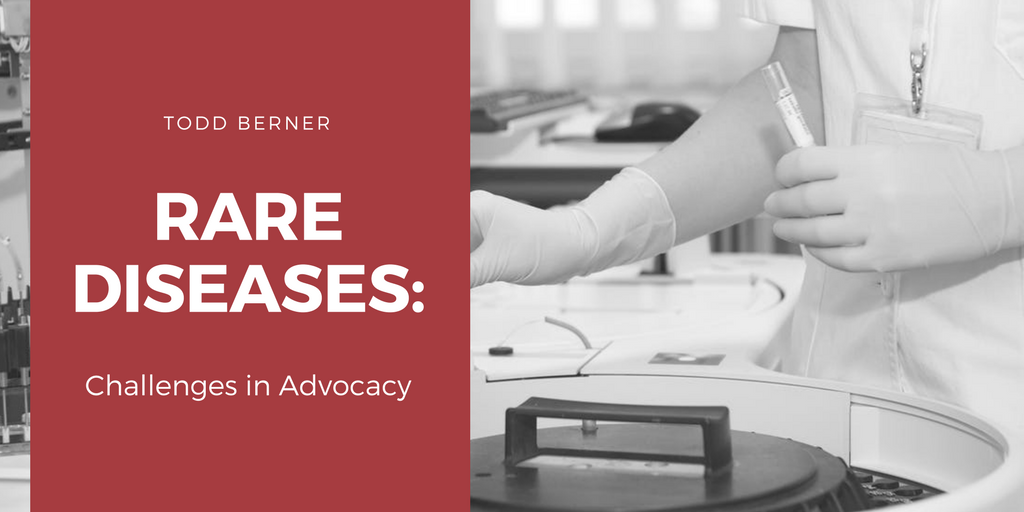It’s no secret that attaining good patient engagement is a challenge even among mainstream healthcare professionals. However, patient advocacy becomes even more difficult and more important for individuals suffering from rare diseases. 30 million Americans live with rare diseases, and yet, they are often overlooked by carers due to the scarcity of their conditions. Nevertheless, it is unacceptable for us as medical professionals to overlook these diseases and the people that must learn to contend with them.
This is especially true on account of the difficulties faced by individuals with rare diseases. Given a widespread lack of awareness, these patient populations may have a tougher time receiving an accurate diagnosis, finding a carer with the necessary treatment experience, and finding products catering to their health situation.
Officially, February 28th is rare disease day. Despite only happening once a year, the occasion is meant to raise awareness among the public and medical professionals about the variety of these conditions. Community building is one of the stated goals of this day; bringing together the few individuals that may suffer from a rare disease is challenging, but integral to learning from experience and working to pursue better treatment. If you are a member of the medical community and your stated focus is rare diseases, it is up to you to seek out these individuals and connect with them.
Any carer that does this should not only be concerned about working to help remedy these diseases but also do champion the cause of the affected community. Often, patient engagement is more fractured and less consistent here, leaving it to these people to set effective standards and listen to patient feedback. Connecting with a community creates benefits from a scientific standpoint, but also ensures that marginalized voices can be heard.
This is very relevant in the modern age of competitive pharma, where concerns for profits may cause for certain life-saving drugs to be discontinued. When pharma companies display their willingness to put business over the well-being of individuals, it comes down to advocacy groups to both speak as an emissary of these patients and help provide them with alternate solutions.
Fortunately, despite the difficulty in locating communities, medical professionals have established the Rare Diseases Clinical Research Network (RDCRN) for the purposes of creating a network of investigators, researchers, and carers to address the issue of rare diseases. Part of the RDCRN’s strategy involves working in tandem with patient advocacy groups to represent these small patient populations.
So how can they help these patient populations? A more intimate approach is necessary in most cases. While finding research samples is much more difficult, this also gives researchers the ability to work closely with the patients that they can find. Developing a better patient relationship is a great way for researchers to get in-depth data as well as involve them in the experimentation and drug creation processes. This requires a shift in trial designs to account for fewer subjects but can lead to patients being treated and receiving drugs they may need faster.
There’s a lot that can be done to help patients suffering from rare diseases. Patient advocacy groups can assist in distributing information about diseases and raising awareness, a task that has become both easier and more complicated with the increasing rise of social media. Meanwhile, researchers have the power to make an impact on an individual level in addition to the widespread benefits of their studies. However, both of these groups must realize that dealing with these patient populations may require more effort and a different approach to make an impact.
If you are a medical professional with a focus on rare diseases, I recommend researching related patient advocacy groups as well as investigating awareness and research efforts undertaken by RDCRN. With these patient populations more than any others, engagement is necessary to ensure that they are not overlooked or ignored.
